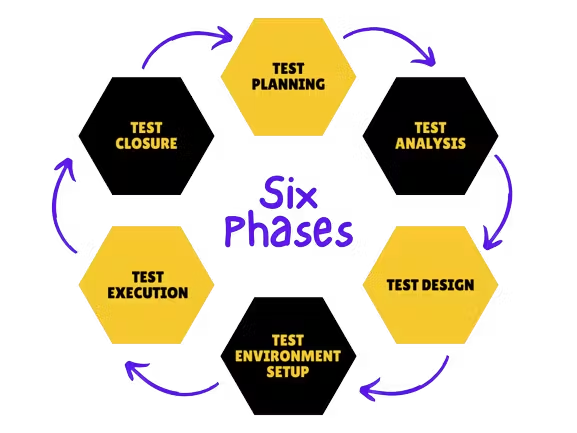Understanding Mocks, Stubs, and Fakes in Software Testing

Software testing is an essential part of the software development lifecycle, ensuring that the code functions correctly and reliably. In the world of testing, especially unit testing, various terms like " mock vs stub vs fake are often used to describe objects or components that play specific roles in testing. These terms are crucial for creating test doubles, which are objects that stand in for real dependencies to isolate and verify the functionality of the code under test. Let's dive into the distinctions and use cases of mocks, stubs, and fakes. Mock Objects Purpose: Verify Interactions Mock objects are primarily used to verify interactions between the code being tested and its dependencies. The primary focus is on ensuring that the code under test correctly interacts with these dependencies. Mock objects help answer questions like, "Was this method called with the expected arguments?" or "Was this method called the right number of times?" Be...



.png)

.png)

.png)
